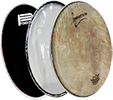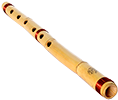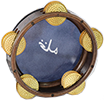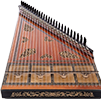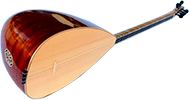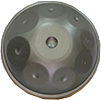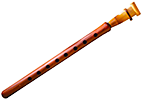Types of Ouds
Types of Ouds
Oud is a stringed instrument mainly used to accompany East African music and Middle Eastern music. This pear shaped musical instrument is very similar to a lute. It is believed that Lamak- the grandson of Adam invented Ud. It was used during the Kassite period in Mesopotamia. According to some Oud was introduced by the Arabs in Western Europe. The popularity of this instrument mainly grew under the royal house of Al-Andalus.
Common Ouds
There are a number of types of Oud. Depending on the regional characteristics the tuning and shape of ouds differ from each other.
- Syrian Oud: This type of Oud has a slightly longer neck and its pitch is also lower.
- Iraqi or Munir Bashir Type of Oud: Iraqi Ouds are quite similar to the Syrian Ouds. But this instrument produces guitar like sound.
- Egyptian Oud: This type of Oud resembles the Iraqi and Syrian Ouds. But its body is more pear shaped compared to the other types of Ouds. An Egyptian Oud is highly decorated and it produces slightly different tone.
- Turkish or Greek Style Oud: This type of Oud was mainly played by the early Greek musicians and it was referred as Outi in Greece. A Turkish or Greek Oud has a shorter neck and is comparatively smaller in size. It produces higher pitch than other types of Ouds. This type of Oud is made from brighter timbre.
- Oud Qadim: Nowadays this type of Oud is not used. It was mainly used in North Africa and is considered to be an archaic form of present day Ouds.
- Barbat or Persian Oud: This type of Oud is generally smaller in size than an Arabic Oud. It also has a higher tone and uses a completely different tuning. Persian Ouds more or less resemble the Turkish Ouds.










